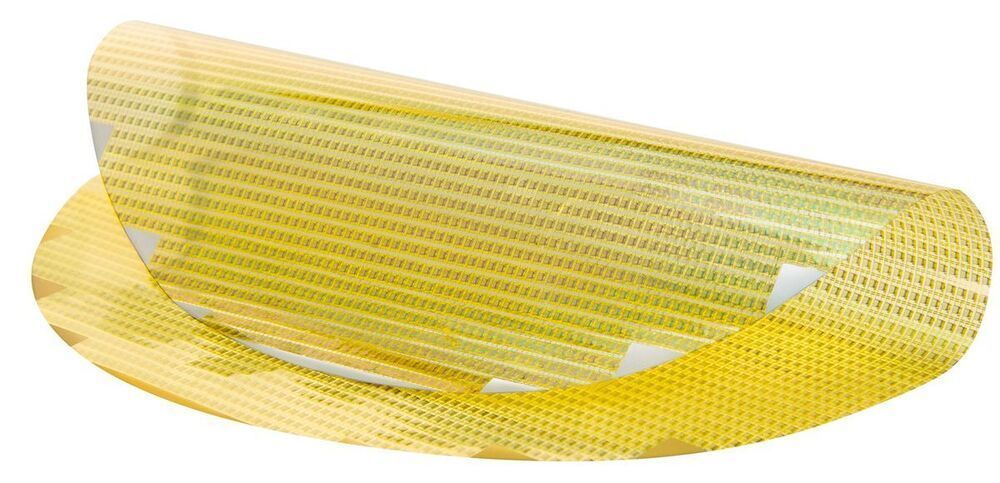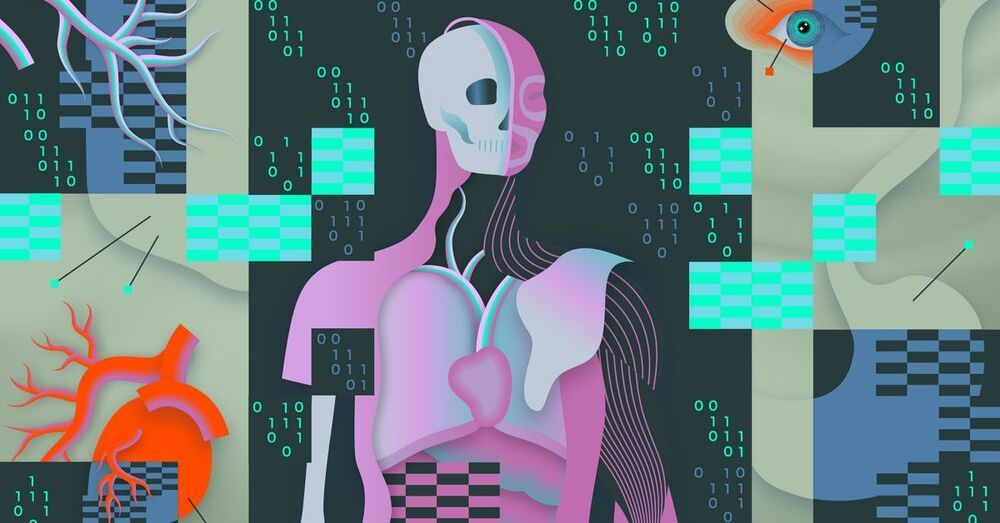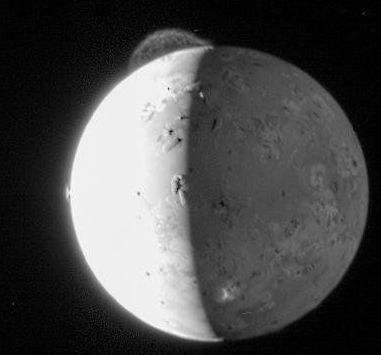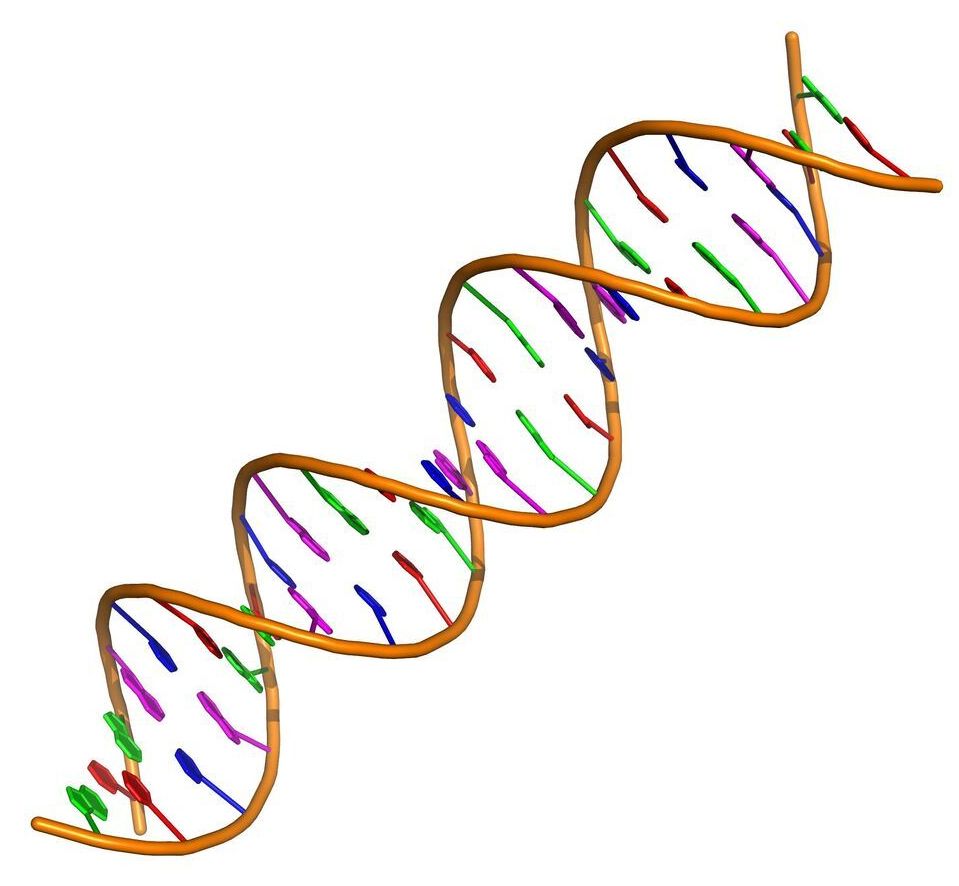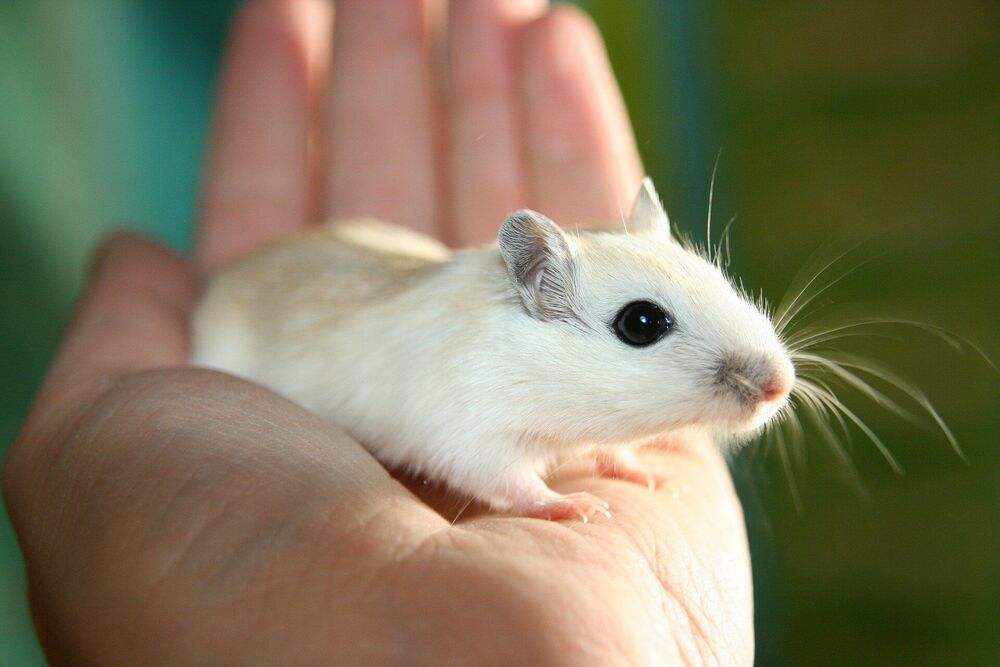Page 3444
Jul 23, 2021
Arm’s cheap and flexible plastic microchip could create an ‘internet of everything’
Posted by Quinn Sena in categories: computing, internet
A microchip in your lettuce? Why not, says Arm.
Chip designer Arm has unveiled the most complex flexible microchip yet. The PlasticARM is inefficient and slow compared to silicon-based chips, but could be printed onto fabric, paper, and plastic, allowing for what Arm calls the “internet of everything.”
Jul 23, 2021
DeepMind creates ‘transformative’ map of human proteins drawn
Posted by Quinn Sena in categories: biotech/medical, robotics/AI
DeepMind is using its AI prowess to accelerate scientific work.
AI research lab DeepMind has created the most comprehensive map of human proteins to date using artificial intelligence. The company, a subsidiary of Google-parent Alphabet, is releasing the data for free, with some scientists comparing the potential impact of the work to that of the Human Genome Project, an international effort to map every human gene.
Proteins are long, complex molecules that perform numerous tasks in the body, from building tissue to fighting disease. Their purpose is dictated by their structure, which folds like origami into complex and irregular shapes. Understanding how a protein folds helps explain its function, which in turn helps scientists with a range of tasks — from pursuing fundamental research on how the body works, to designing new medicines and treatments.
Continue reading “DeepMind creates ‘transformative’ map of human proteins drawn” »
Jul 23, 2021
Jupiter’s volcanic moon Io is emitting strange radio waves and NASA’s Juno probe is listening
Posted by Quinn Sena in categories: climatology, space
NASA’s Juno spacecraft is “listening” in on radio emissions from Jupiter’s volcanic moon Io, allowing researchers to discover what triggers the strange radio waves.
Of all the planets in our solar system, Jupiter has the largest and most powerful magnetic field, which extends so far that some of the planet’s moons orbit within it. Because Io is closest to the planet, the moon is “caught in a gravitational tug-of-war” between Jupiter and two other large moons, according to NASA. These opposing pulls cause massive internal heat, which has led to hundreds of volcanic eruptions across the moon’s surface.
Jul 23, 2021
Scientists made this rat fearless
Posted by Jose Ruben Rodriguez Fuentes in categories: food, genetics, neuroscience, robotics/AI
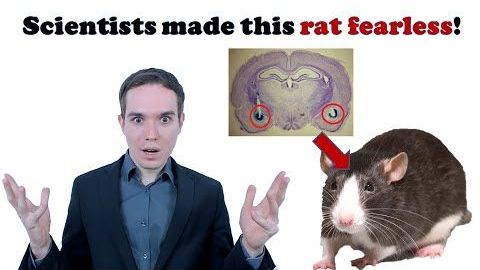
Neuroscientists removed fear from rats by inactivating amygdala — brain region mediating fear.
#Neuroscience #Brain #YuriNeuro #Neurobiology #Amygdala.
Jul 23, 2021
Music activates certain regions in your brain
Posted by Jose Ruben Rodriguez Fuentes in categories: media & arts, neuroscience
Jul 23, 2021
Dr Spring Behrouz, PhD — Mitophagy, CNS Disorders, And Aging — CEO, Vincere Bio / NeuroInitiative
Posted by Ira S. Pastor in categories: biotech/medical, computing, life extension, neuroscience
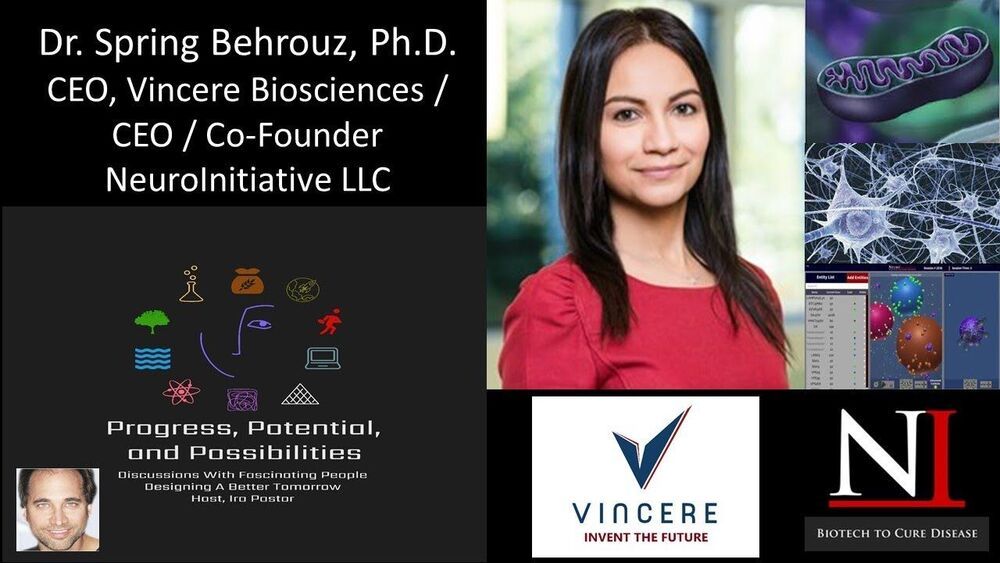
Mitochondrial Quality Control (Mitophagy), CNS Disorders, and Aging — Dr. Spring Behrouz, Ph.D., CEO, Vincere Biosciences Inc. / CEO, Neuroinitiative LLC.
Dr. Bahareh (Spring) Behrouz, PhD, is the CEO of Vincere Biosciences Inc (https://vincerebio.com/), a biotech company focused on developing novel, small molecule therapeutics targeting mitochondrial pathways and the improvement of mitochondrial quality.
Jul 23, 2021
Scientists Made a Biohybrid Nose Using Cells From Mosquitoes
Posted by Jose Ruben Rodriguez Fuentes in categories: bioengineering, biotech/medical, cyborgs, health, transhumanism
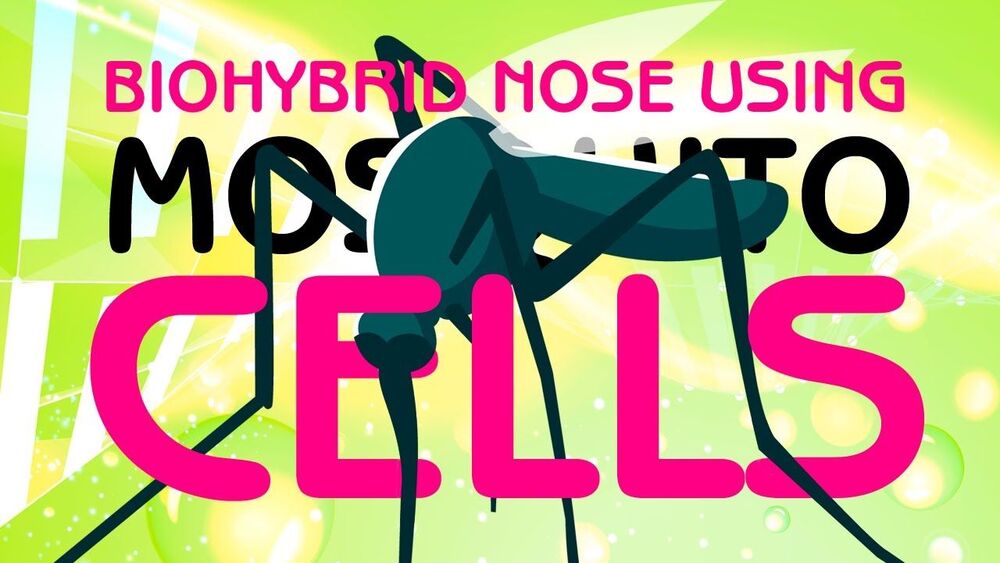
💠 Japanese researchers have created a “nose” mosquito that can detect odors from tiny droplets of liquid droplets. The research could lead to the creation of Smell-O-Vision for machines and a means of diagnosing early cancer, they say. Japanese researchers have created a “nose” that can detect different odors at the same time. The team used two bubbles, each filled with oil, broken horizontally, to create a squinted figure-eight. They hope to use it to develop an artificial nose in the future.
Researchers have developed a “bionic nose” that can detect odor molecules. The team hopes to use the device as an inexpensive way to diagnose the early stages of illness. Eventually, the team wants to use their bionic nose for cancer and other health issues. They hope to make the device available to the public soon.
Continue reading “Scientists Made a Biohybrid Nose Using Cells From Mosquitoes” »
Jul 23, 2021
The potential role of ‘junk DNA’ sequence in aging, cancer
Posted by Kevin Huang in categories: biotech/medical, genetics, life extension
An aging/longevity/junk dna link.
~~~
The human body is essentially made up of trillions of living cells. It ages as its cells age, which happens when those cells eventually stop replicating and dividing. Scientists have long known that genes influence how cells age and how long humans live, but how that works exactly remains unclear. Findings from a new study led by researchers at Washington State University have solved a small piece of that puzzle, bringing scientists one step closer to solving the mystery of aging.
Continue reading “The potential role of ‘junk DNA’ sequence in aging, cancer” »
Jul 23, 2021
Scientists reverse age-related memory loss in mice
Posted by Kevin Huang in categories: genetics, life extension, neuroscience
Scientists at Cambridge and Leeds have successfully reversed age-related memory loss in mice and say their discovery could lead to the development of treatments to prevent memory loss in people as they age.
In a study published today in Molecular Psychiatry, the team show that changes in the extracellular matrix of the brain — ‘scaffolding’ around nerve cells—lead to loss of memory with aging, but that it is possible to reverse these using genetic treatments.
Recent evidence has emerged of the role of perineuronal nets (PNNs) in neuroplasticity—the ability of the brain to learn and adapt—and to make memories. PNNs are cartilage-like structures that mostly surround inhibitory neurons in the brain. Their main function is to control the level of plasticity in the brain. They appear at around five years old in humans, and turn off the period of enhanced plasticity during which the connections in the brain are optimized. Then, plasticity is partially turned off, making the brain more efficient but less plastic.

